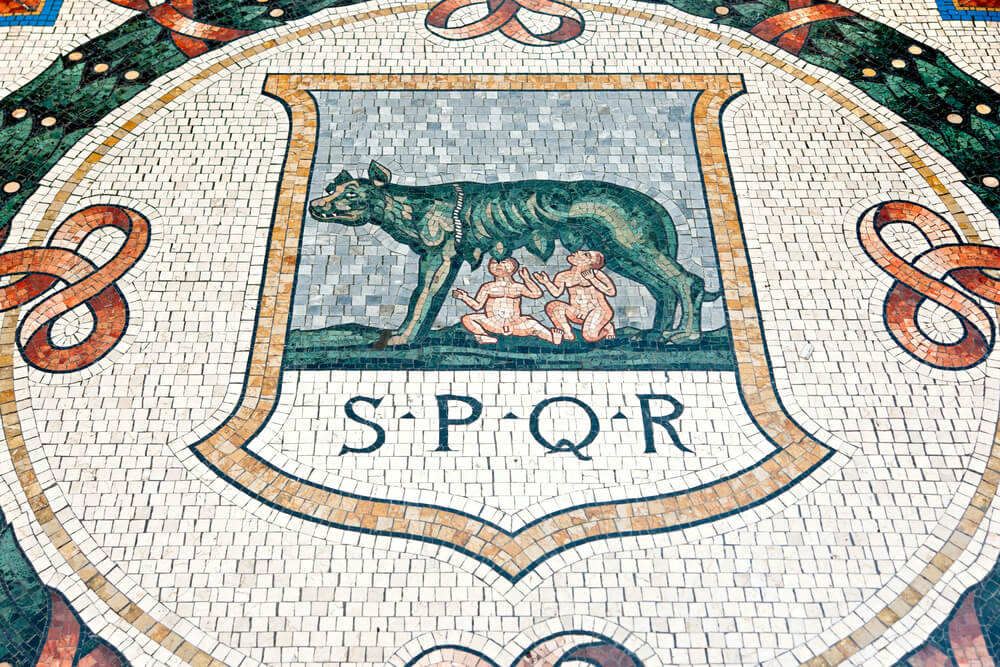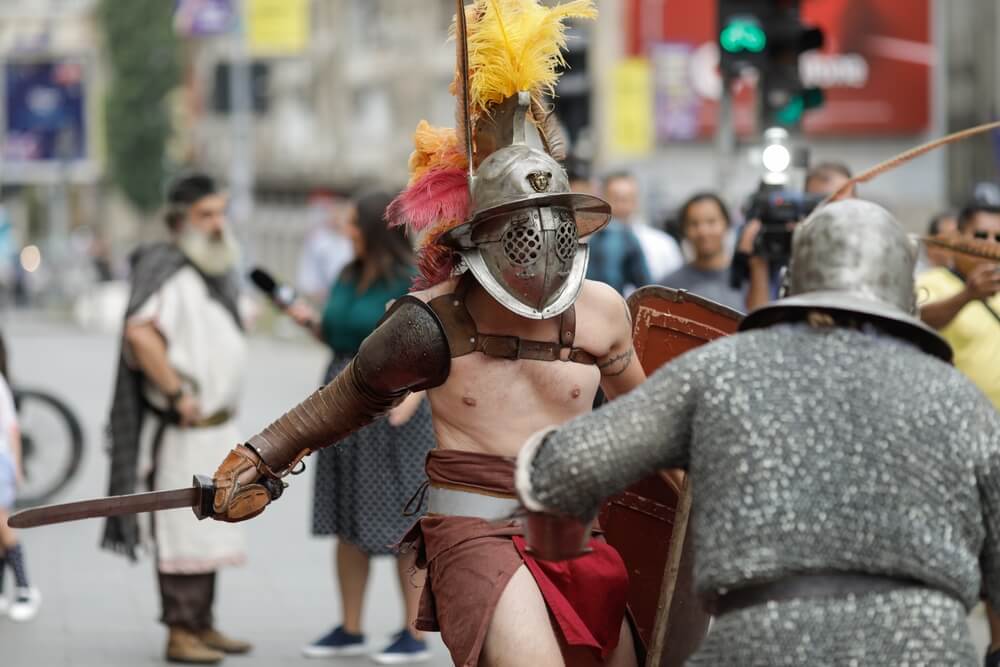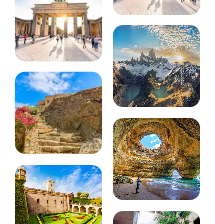Natale di Roma: come and celebrate Rome’s birthday!

On 21 April 753, the legendary city of Rome was born.
The city that is now the capital of Italy as we know it was above all the capital of the Roman Empire, the most brilliant and powerful civilisation in the Mediterranean basin during Antiquity.
So it’s only natural that we should still be celebrating its birthday in style!
Every year, on 21 April, the city of Rome goes wild with its festivities!
But before we find out what happens during the Natale di Roma, let’s take a quick look back at the beginning, in 753 BC…
the legend of the creation of Rome.
According to the myth, the priestess Rhea Silvia, daughter of King Numitor, was impregnated by the god Mars and gave birth to twins, Romulus and Remus. When Numitor was overthrown by his brother, he decided to have Rhea walled up and her children thrown into the Tiber so that they could never claim the throne. Legend has it that a she-wolf took them in at the foot of Mount Palatine. The animal fed and protected them for some time in her cave in Lupercal, until a shepherd found them and raised them as his sons. According to legend, his wife was always a prostitute, nicknamed lupa, which in Latin means both she-wolf and prostitute. The legend of the she-wolf suckling Romulus and Remus, whose statue you know, certainly comes from there. As adults, the twins decided to found a city at the foot of Mount Palatine. As they were unable to decide who would give their name to the city, they decided to consult the augurs – the signs of nature. Each brother took up a position on a mountain and observed the birds. Remus, from Mount Aventine, saw six vultures circling in the sky, but Romulus saw twelve and was therefore declared king of the new city. He dug a moat and swore to kill anyone who crossed it. Remus, mocking his brother, jumped over the ditch, symbolising the future city walls. Romulus made no exception for his twin and killed him in cold blood. This is how, according to legend, Rome was founded in 754 BC.
The history of Rome’s birthday
Rome’s birthday was already celebrated in the days of imperial Rome, and April 21 was the date of many festivities.
The anniversary date then fell into oblivion for what seemed like an eternity before being revived by the Fascist regime in the 1940s. A bank holiday called “Natale di Roma” was then created, but was finally abandoned at the end of the Second World War.
It was not until the 1990s that the celebration of the birth of Rome resurfaced, this time more for tourism than patriotism.
Rome’s birthday today
From 21 April onwards, and generally over the following days, the whole city is abuzz with activity!
You’ll find a larger-than-life reproduction of a Roman camp set up on the Circus Maximus, and you’ll see a huge costume parade from the Circus Maximus to the Colosseum!
The museums are free, as are the many exhibitions and concerts held throughout the city.
After a three-year absence (due, of course, to the Covid-19 pandemic), the event is eagerly awaited and will be more extraordinary than ever!
3,000 people from over 80 historical re-enactment associations are expected to create an unforgettable celebration on the theme of Rome’s water civilisation: Regina Aquarum.
The event is being organised by the Gruppo Storico Romano association.
The festivities will take place at the Circus Maximus from 20/04 and will end on 23/04 at 21:00.
The 2023 programme
Thursday 20/04 :
- 8.00 am: gathering in the Circus Massimus area
- 7.30pm: “Renewal of the Sacred Fire” show in Campo Marzio
- 8.00 pm: “Benedictio Vrbi” show in Piazza della Rotonda
- 9.00 pm: Concert
Friday 21/04:
- From 09:00 to 18:00: “Natale di Roma” photo exhibition, presented by the “Fotografiamo” association
- From 10.00 am to 2.00 pm: Gladiator School, Celtic and Barbarian Village and round table on “Military, Civil and Religious Life” at the Imperial and Republican Castrum.
- From 3pm to 5pm: 2 matches of ancient Roman football, the “Harpastvm”, in the archaeological zone.
- From 5.30pm to 6pm: Historical reconstruction of Romulus’s “Tracing of the Furrow”, which marked out the boundaries of Rome.
- From 6.30pm to 7pm: re-enactment of the “Palilia” ceremony, the country festivals of April
- 9-11pm: crowning of the Goddess of Rome, followed by a fashion, music and poetry show.
Saturday 22/04:
- From 09:00 to 18:00: “Natale di Roma” photo exhibition, presented by the “Fotografiamo” association.
- From 10.00 am to 2.00 pm: Gladiator school, Celtic and Barbarian village and round table on “Military, Civil and Religious Life” at the Imperial and Republican castrum.
- 1.30pm to 2.30pm: Meet the authors at the Republican castrum
- 3.00 pm to 4.30 pm: Harpastvm ancient football final
- 17:30 to 19:00: Tournament between schools of gladiators in the exhibition area
- 9.00 pm to 11.00 pm: Sound and light show
Sunday 23/04
- 10.00 am: Opening ceremony
- 11.00 am: Departure of the historical procession and Emperor Hadrian’s blessing ceremony for the participants in Via dei Fori Imperiali
- 2 pm to 3 pm: concert by the group Roma Capital
- 3.00 pm to 5.30 pm: performances by various groups.
Historical parade
The procession on 23 April includes around 2,500 costumed performers.
The route is as follows:
Departure at 11.00 am from the Circus Maximus, Via dei Cerchi, Via Luigi Petroselli, Via Teatro di Marcello, Via del Campidoglio, Piazza Venezia, Via dei Fori Imperiali, Colosseum, Via Celio Vibenna, Via di San Gregorio, Via dei Cerchi and return to the Circus Maximus by 2.00 pm.
200 audioguided tours for cities all around the world
Download




